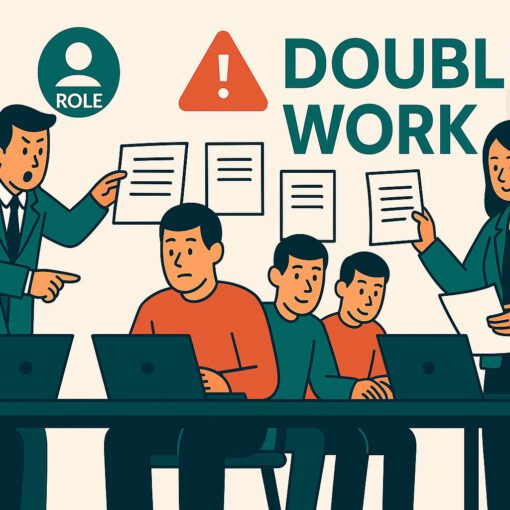The value and scientific foundation of personality type tests came under fire last week in the Netherlands, following Lubach’s hilarious episode:
I decided to investigate—is it really all pseudoscience? Does that make these tests completely worthless, or is there still a way to use them effectively?
Here are the scientific studies I could find. Conclusion: There is some scientific support, but also criticism. It is important to be cautious in how you interpret the results — while these tests can provide valuable insights with the right interpretation and application, it’s important not to confuse behavioral preferences in specific contexts with personality descriptions.
I personally have experience with Insights, DISC, DISC-Persolog, Management Drives, Big Five, etc. My collection of personality color profiles has grown into almost a full rainbow—yellow, red, blue, green, orange, and various combinations have all come up. Still, discussing the results with experts has helped me in my own development. It gave me insight into my behavioral preferences in different situations, those of others, and how interactions can strengthen or weaken relationships.
Later, I learned how much behavior is shaped by context, function, group dynamics, and team phases, and that besides diversity, teams grow stronger with insight into functional vs. personal behavior. By intervening in interaction patterns, this insight and adaptation of behavior can emerge—making teamwork more successful and enjoyable. But more on that later (or see: www.empoweryourteam.nl/teamcoachingen). For now, back to the tests.
Advice
I agree with Lubach’s advice: “Don’t take these tests too seriously.” The key insight that “behavior is context-dependent” and that “people can change” is crucial. Here are my main additions:
1. Behavior that strengthens a team is diverse, complementary, functional, and focused on a shared goal (and that can be expressed in various “colors”).
2. Team behavior can change, triggered by external factors or targeted interventions.
3. Want to help your team excel? Support them in developing behavioral and interaction patterns through clear joint goals, agreements, trust and interventions that offer insights into behavior patterns and their impact on the shared objective.

Attachment: Articles & Summaries
- The New Technologies in Personality Assessment: A Review: Discusses five new methods for personality assessment: big data, wearables, gamification, video résumés, and automated personality tests. While these techniques show potential, evidence for their psychometric reliability is still insufficient.
- PeopleKeys-International-PhD-Report.pdf: An international study on DISC, TEAMS, and Workplace Values, showing strong correlations between workplace communication preferences, values, and underlying motivation factors. When properly applied, DISC can be a reliable predictor of workplace behavior and job suitability.
- How accurate are popular personality test frameworks at predicting life outcomes? A detailed investigation.: Research suggests that Big Five is the most accurate at predicting life outcomes, while MBTI and Enneagram have limitations due to their binary categorization approach.
- Tesi Beedu.pdf: Effectiveness of the DISC Personality Test – A study evaluating DISC’s use in organizations, showing that DISC can be a valuable tool for hiring, training, and team development if applied correctly.
- Persolog Personality Profile: This review states that the Persolog Personality Profile is based on an outdated typological model with limited empirical support. While it may have some practical applications, its scientific validity remains questionable, particularly for personnel selection and development.
- Physiotherapy students’ DiSC behaviour styles can be used to predict the likelihood of success in clinical placements | BMC Medical Education | Full Text: DISC Behavior Styles in Physiotherapy Students – A study suggesting DISC behavior styles can predict success in clinical placements. Physiotherapy students with Dominance style performed better, while those with Influence style were more likely to struggle.




